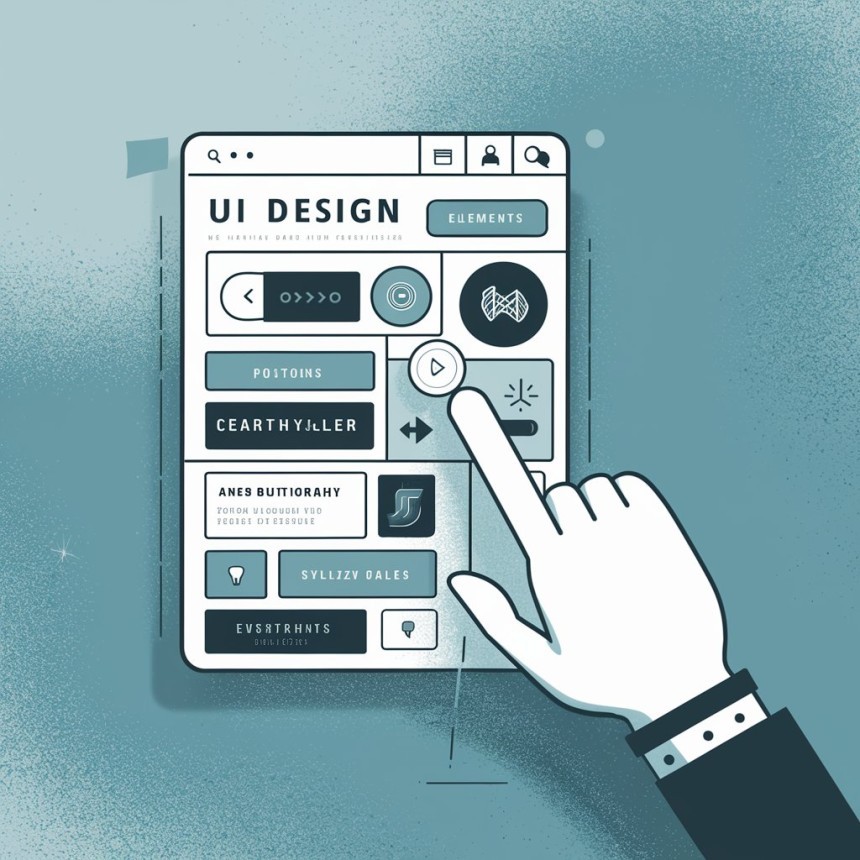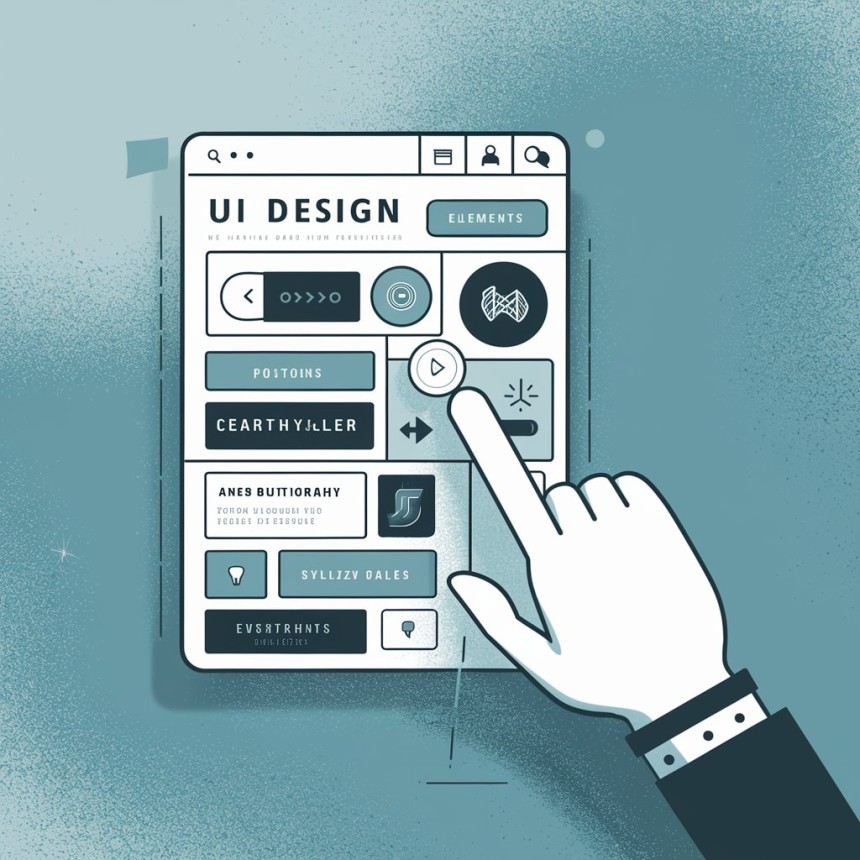
UI Design Principles: Creating Intuitive and Beautiful Interfaces
Explore essential UI design principles for creating intuitive and beautiful interfaces that enhance user experience and satisfaction.

Creating intuitive and beautiful user interfaces (UI) is essential for enhancing user experience and ensuring that users can interact with digital products seamlessly. This article will delve into the fundamental UI design principles that guide designers in crafting interfaces that are not only aesthetically pleasing but also functional and user-friendly.
Understanding UI Design
User Interface (UI) design refers to the process of designing the visual elements of software, apps, and websites that users interact with. It encompasses everything from buttons and icons to layout and typography. A well-designed UI is crucial because it directly affects how users perceive and interact with a product. Good UI design can lead to increased user satisfaction, higher conversion rates, and improved overall performance of the application or website.
Key UI Design Principles
1. Clarity
Clarity is paramount in UI design. Users should be able to understand how to navigate and interact with the interface without confusion. This can be achieved by:
Using Clear Labels: Ensure that buttons and links have descriptive labels that convey their purpose.
Minimizing Clutter: Avoid overcrowding the interface with too many elements. A clean design helps users focus on what’s important.
Visual Hierarchy: Organize content in a way that naturally guides users' attention to the most critical elements first. This can be done through size, color, and placement.
2. Consistency
Consistency in design helps create familiarity and comfort for users. This includes:
Uniform Design Elements: Use the same color schemes, fonts, and button styles throughout the interface to create a cohesive look.
Predictable Navigation: Maintain a consistent layout and navigation structure across different pages or sections of the application.
Standard Terminology: Use the same terminology for similar actions or features to avoid confusion.
3. User Control
Empowering users to feel in control of their interactions is vital. This can be accomplished by:
Providing Undo Options: Allow users to easily reverse actions, which can reduce anxiety and encourage exploration.
Clear Feedback: Provide immediate feedback for user actions, such as confirmations for completed tasks or error messages when something goes wrong.
Customizable Settings: Allow users to personalize their experience by adjusting settings according to their preferences.
4. Comfort
Creating a comfortable user experience involves making the interface inviting and easy to use. Key aspects include:
Intuitive Design: Use familiar design patterns that users can recognize, which reduces the learning curve.
Readable Text: Choose fonts and sizes that are easy to read, and ensure sufficient contrast between text and background colors.
Accessible Design: Consider users with disabilities by following accessibility guidelines, such as providing alt text for images and ensuring keyboard navigability.
5. Accessibility
Designing for accessibility ensures that all users, including those with disabilities, can effectively interact with your interface. Important considerations include:
Keyboard Navigation: Ensure that all interactive elements can be accessed via keyboard shortcuts.
Screen Reader Compatibility: Use semantic HTML and ARIA (Accessible Rich Internet Applications) roles to make your content understandable for screen readers.
Color Contrast: Maintain sufficient contrast between text and background colors to aid users with visual impairments.
6. Simplicity
Simplicity is a guiding principle in UI design. A simple interface is easier to navigate and understand. To achieve simplicity:
Limit Choices: Too many options can overwhelm users. Present only the most relevant choices to facilitate decision-making.
Use Negative Space: Incorporate white space to give elements room to breathe, which enhances readability and focus.
Avoid Jargon: Use plain language that is easy for all users to understand, avoiding technical terms that might confuse them.
7. Feedback and Closure
Providing feedback and a sense of closure is critical for user satisfaction. This includes:
Action Confirmation: After a user completes a significant action, such as submitting a form, provide a confirmation message or redirect them to a thank-you page.
Progress Indicators: For multi-step processes, show users where they are in the process and what steps remain.
Error Handling: Clearly communicate any errors that occur and provide guidance on how to resolve them.
Conclusion:
Incorporating these UI design principles into your projects can significantly enhance the usability and aesthetic appeal of your interfaces. By focusing on clarity, consistency, user control, comfort, simplicity, accessibility, and feedback, designers can create intuitive and beautiful user experiences that resonate with users. Ultimately, a well-designed UI not only improves user satisfaction but also contributes to the success of the product in the competitive digital landscape.





